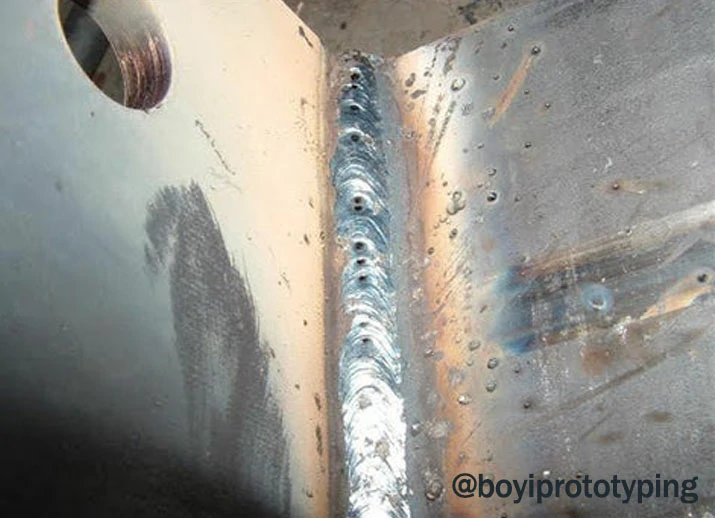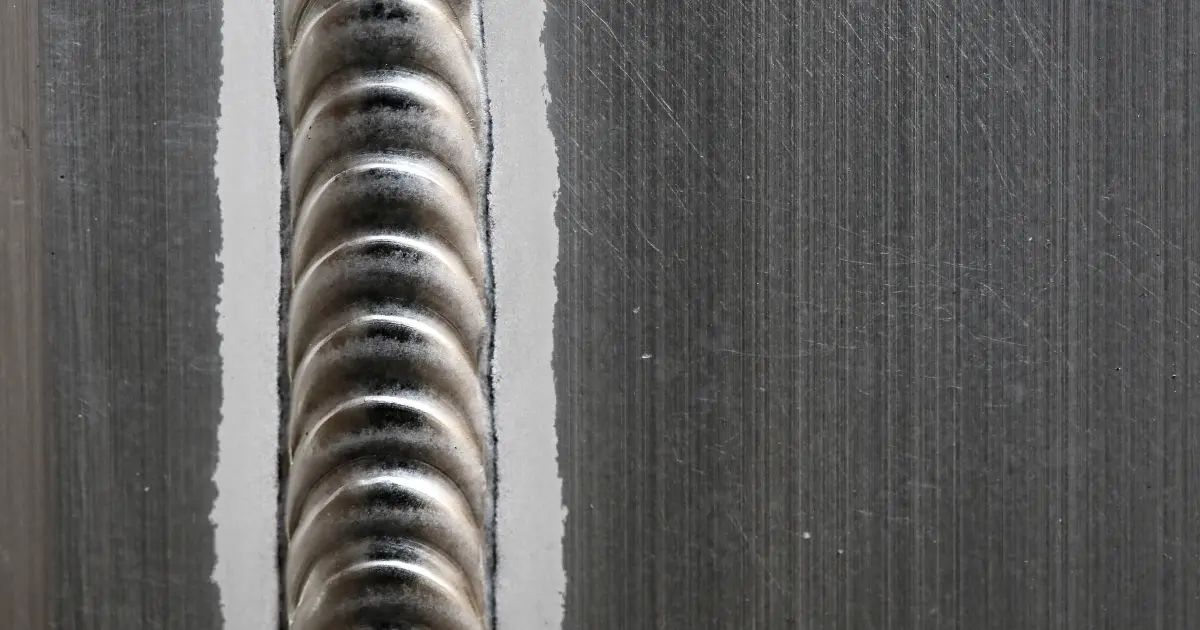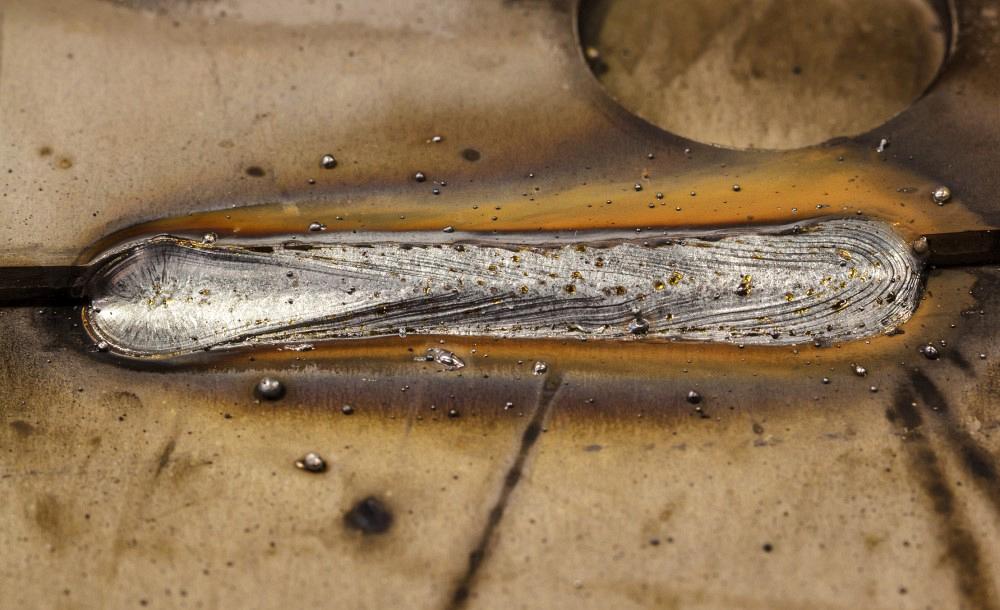What is Porosity in Welding: Recognizing Its Causes and Enhancing Your Abilities
What is Porosity in Welding: Recognizing Its Causes and Enhancing Your Abilities
Blog Article
Recognizing Porosity in Welding: Discovering Reasons, Results, and Avoidance Strategies
Porosity in welding is a relentless difficulty that can dramatically impact the high quality and stability of welds. As experts in the welding sector are cognizant, comprehending the causes, impacts, and prevention methods associated with porosity is essential for accomplishing robust and trusted welds. By delving right into the source of porosity, analyzing its damaging effects on weld high quality, and exploring reliable prevention strategies, welders can boost their understanding and abilities to create top notch welds constantly. The detailed interplay of elements adding to porosity calls for a detailed understanding and a proactive approach to ensure successful welding results.
Usual Sources Of Porosity
Contamination, in the form of dirt, grease, or corrosion on the welding surface area, creates gas pockets when heated, leading to porosity in the weld. Incorrect securing takes place when the shielding gas, generally utilized in processes like MIG and TIG welding, is incapable to fully secure the liquified weld swimming pool from reacting with the surrounding air, resulting in gas entrapment and succeeding porosity. Furthermore, inadequate gas insurance coverage, usually due to wrong flow prices or nozzle positioning, can leave components of the weld unguarded, permitting porosity to form.
Results on Weld Top Quality
The visibility of porosity in a weld can significantly endanger the overall top quality and honesty of the welded joint. Porosity within a weld creates voids or cavities that weaken the framework, making it more vulnerable to breaking, rust, and mechanical failing. These voids serve as anxiety concentrators, reducing the load-bearing ability of the weld and enhancing the chance of premature failure under applied tension. Additionally, porosity can additionally function as prospective sites for hydrogen entrapment, further exacerbating the destruction of the weld's mechanical buildings.
In addition, porosity can impede the efficiency of non-destructive screening (NDT) strategies, making it testing to identify various other defects or stoppages within the weld. This can lead to considerable safety worries, especially in crucial applications where the architectural honesty of the welded parts is vital.

Prevention Techniques Overview
Offered the damaging impact of porosity on weld quality, efficient avoidance techniques are important to keeping the architectural honesty of bonded joints. Additionally, choosing the proper welding parameters, such as voltage, present, and travel rate, can assist reduce additional resources the threat of porosity development. By incorporating these avoidance methods right into welding practices, the occurrence of porosity can be considerably lowered, leading to stronger and a lot more dependable bonded joints.
Importance of Proper Protecting
Correct securing in welding plays a vital function in avoiding climatic contamination and guaranteeing the integrity of bonded joints. Protecting gases, such as argon, helium, or a combination of both, are read generally utilized to secure the weld swimming pool from responding with aspects airborne like oxygen and nitrogen. When these responsive components come into contact with the warm weld swimming pool, they can cause porosity, bring about weak welds with lowered mechanical residential or commercial properties.

Insufficient protecting can cause various flaws like porosity, spatter, and oxidation, endangering the structural stability of the bonded joint. Adhering to appropriate securing methods is necessary to produce top quality welds with very little flaws and make sure the durability and reliability of the bonded elements.
Monitoring and Control Techniques
Exactly how can welders efficiently check and regulate the welding process to make sure ideal results and protect against problems like porosity? One her comment is here trick technique is through making use of advanced monitoring technologies. These can include real-time surveillance systems that provide comments on specifications such as voltage, existing, take a trip rate, and gas flow prices. By continuously keeping track of these variables, welders can identify inconsistencies from the optimal conditions and make prompt changes to avoid porosity formation.

Furthermore, applying appropriate training programs for welders is important for keeping an eye on and regulating the welding process successfully. What is Porosity. Enlightening welders on the value of keeping regular parameters, such as correct gas securing and travel rate, can assist avoid porosity problems. Regular evaluations and qualifications can likewise guarantee that welders excel in surveillance and regulating welding processes
Furthermore, the use of automated welding systems can improve surveillance and control abilities. These systems can specifically regulate welding parameters, reducing the chance of human mistake and making sure consistent weld top quality. By integrating sophisticated monitoring innovations, training programs, and automated systems, welders can properly keep an eye on and manage the welding procedure to reduce porosity issues and achieve top quality welds.
Final Thought

Report this page